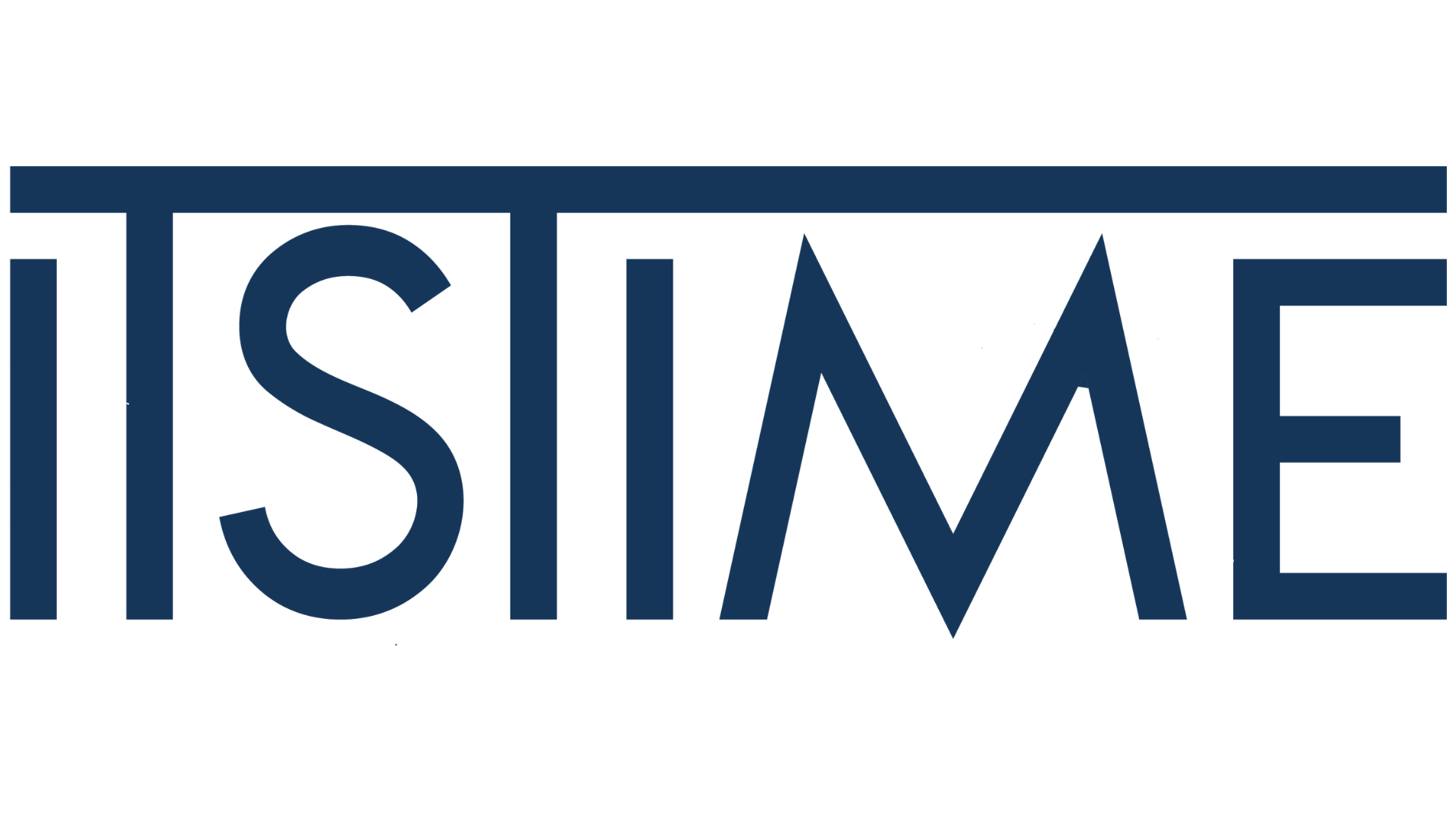Greek law enforcement authorities have announced that they have dismantled a terror network planning to conduct attacks in Greece[1]. According to media reporting on the subject, 2 men of Pakistani origin have been arrested as part of a terror network whose head is also Pakistani organizing the criminal activities from Iran. Continue reading
Correlation Is Not Causation: Wagner e migranti come attori della guerra cognitiva – by Giulia Porrino
Nella giornata di lunedì il Ministro della Difesa Guido Crosetto e il Ministro degli Affari Esteri Antonio Tajani hanno denunciato la presenza della PMC Wagner dietro l’aumento degli sbarchi sulle coste italiane, triplicati rispetto allo stesso periodo nel 2022. Secondo i Ministri si tratta di una strategia di guerra cognitiva che i mercenari russi stanno attuando per destabilizzare l’Europa. Non si è fatta attendere la risposta di Prigozhin (su Telegram), che ha negato di essere al corrente di quanto sta accadendo.
Continue readingGuerra cibernetica e guerra russo-ucraina: la disinformazione. Conferenza on line il 16 marzo 2023 – 10:00
Guerra cibernetica e guerra russo-ucraina: la disinformazione.
Conferenza on line il 16 marzo 2023 ore 10:00 con la partecipazione del Generale Alexander Potity del SSSCIP-State Service of Special Communications and Information Protection of Ukraine e Head of the Department of Security of Information Systems and Technologies. Place: MS Teams platform: https://tiny.pl/wkbg5 Continue reading
Le forze della guerriglia anti regime in Myanmar (parte 2) – by Andrea Castronovo
Intelligence e individuazione dei target militari – Analizzando l’operato di un gruppo di guerriglia urbana a Yangon è emerso come una delle strategie per la raccolta di informazioni, con l’obiettivo di identificare i target delle operazioni, si basi sul network di conoscenze intracomunitarie dei membri della resistenza nei diversi quartieri. Solitamente, i gruppi di una specifica zona della città sono in grado di individuare sia le persone che lavorano per la giunta sia le persone collegate al partito politico nazionale affiliato ai militari, l’Union Solidarity and Development Party (USDP). Continue reading
Le forze della guerriglia anti regime in Myanmar (parte 1) – by Andrea Castronovo
Contesto. In seguito al colpo di stato militare del febbraio 2021, il regime attuò una sistematica campagna di repressione delle manifestazioni pacifiche insorte in tutto il Myanmar. La brutalità dell’esercito spinse centinaia di migliaia di giovani a trasferirsi nei territori di frontiera, controllati dalle organizzazioni politico-armate delle minoranze etniche, per intraprendere degli addestramenti militari di base. Continue reading
La minaccia jihadista lungo la via del cotone – by Luca Cinciripini
La recente visita del Presidente del Consiglio Giorgia Meloni in India segnala non solo il tentativo di scongelare i rapporti diplomatici con Nuova Delhi, ma anche il riconoscimento implicito del ruolo che l’Asia riveste in termini di importanza geopolitica e di scenari futuri.[1] Da lungo tempo ormai, l’Indo-Pacifico e il Mediterraneo allargato stanno sviluppando un collegamento strategico in grado di offrire sia opportunità economiche che di sicurezza, snodandosi a partire dagli attori sul Mare Nostrum (Italia, Egitto, Israele) e coinvolgendo alcuni degli scacchieri geopolitici di maggior rilievo.[2] Continue reading
Pakistan sotto assedio di Tehrek-e-Taliban Pakistan: colpito il quartier generale della polizia a Karachi – G. Giacalone
Venerdì sera una cellula di jihadisti del gruppo Tehreek-e-Taliban Pakistan (TTP, i meglio noti “Talebani pakistani) ha lanciato un attacco suicida contro il quartier generale della polizia di Karachi, un complesso strettamente sorvegliato che ospita dozzine di edifici amministrativi e residenziali. Centinaia di agenti vivono infatti all’interno del compound con le loro famiglie. I suoni di spari ed esplosioni hanno scosso la città pakistana per diverse ore e soltanto in tarda nottata è arrivata la conferma da parte delle autorità locali della fine delle operazioni di “pulizia” che hanno coinvolto polizia, esercito ed anche forze paramilitari. Continue reading
Saif al-‘Adl nuovo leader di Al-Qaeda: prime considerazioni – by Sara Brzuszkiewicz
Risale a due giorni fa la conferma da parte del Dipartimento di Stato statunitense di quanto asserito poco prima dalle Nazioni Unite: Saif al-‘Adl, situato in Iran, è l’attuale leader di Al-Qaeda. Il report dell’Onu spiega che l’idea dominante proveniente dalle intelligence dei Paesi membri è proprio che sia al-‘Adl, egiziano di 62 anni, il successore di Ayman al-Zawahiri. Continue reading
Earthquake in Turkey: natural disasters from a security perspective – by Maria Alvanou
The recent earthquake in Turkey has created a wave of international sympathy, with people sending help from countries all over the world. Greece, a country whose relations with Turkey have been characterized by longstanding (and recently escalating) tension, was one of the first to send help and this may better the situation between the two countries[1]. At the same time inside Turkey, everyday people but also celebrities are showing solidarity[2]. Continue reading
PMC Wagner Propaganda Ecosystem – by Giulia Porrino & Federico Borgonovo
The Wagner propaganda ecosystem is fragmented and made up of different actors that we have categorized. We identified a “top-down” propaganda architecture, composed of different materials disseminated by the leadership of the Wagner company, exploiting traditional media such as television, movies, events, and newspaper. Examples of this are the construction of the Wagner Center in St. Petersburg and movies produced by Aurum Production owned by Prigozhin.
Continue readingTowards a more progressive approach to studying the Salafi-Jihadi movement – by Ali Fisher
The ongoing struggle against the Salafi-Jihadi movement will require reflection on multiple levels to achieve a genuinely progressive and evidence-based approach. This reflection will focus on developing an authentic understanding of:
- Their core purpose – their theology expressed in hundreds of thousands of pages of text, along with days of audio and video content.
- The strategic communication approaches which underpin their da’wa; the missionary work often referred to by Western research as recruitment or radicalization. Such understanding will include how Salafi-Jihadi groups exploit the internet for strategic communication.
Holocaust Remembrance Day attack in Jerusalem: Comments from a European security perspective – by Maria Alvanou
The phrase “one man’s terrorist is another man’s freedom fighter” has been used in the discussion for decades now regarding whether violence conducted by Palestinians against Israelis constitutes terrorism or not. Different geopolitical interests, ideological approaches, historical accounts, and even personal affiliations, in conjunction with the complexity of the Middle Eastern issue and the grievances people have been facing in this area, have led to different characterizations. Some have called them terrorism, others insurgency or resistance. And indeed, from an operational point of view, when attacks have been aiming at military targets, things can be blurred. However, there have been some true textbook cases of terrorism. Such a case has been the one of January 27th, 2023, that has led UN Spokesperson, António Guterres to state: “There is never any excuse for acts of terrorism. They must be clearly condemned and rejected by all.”[1]
Continue reading











